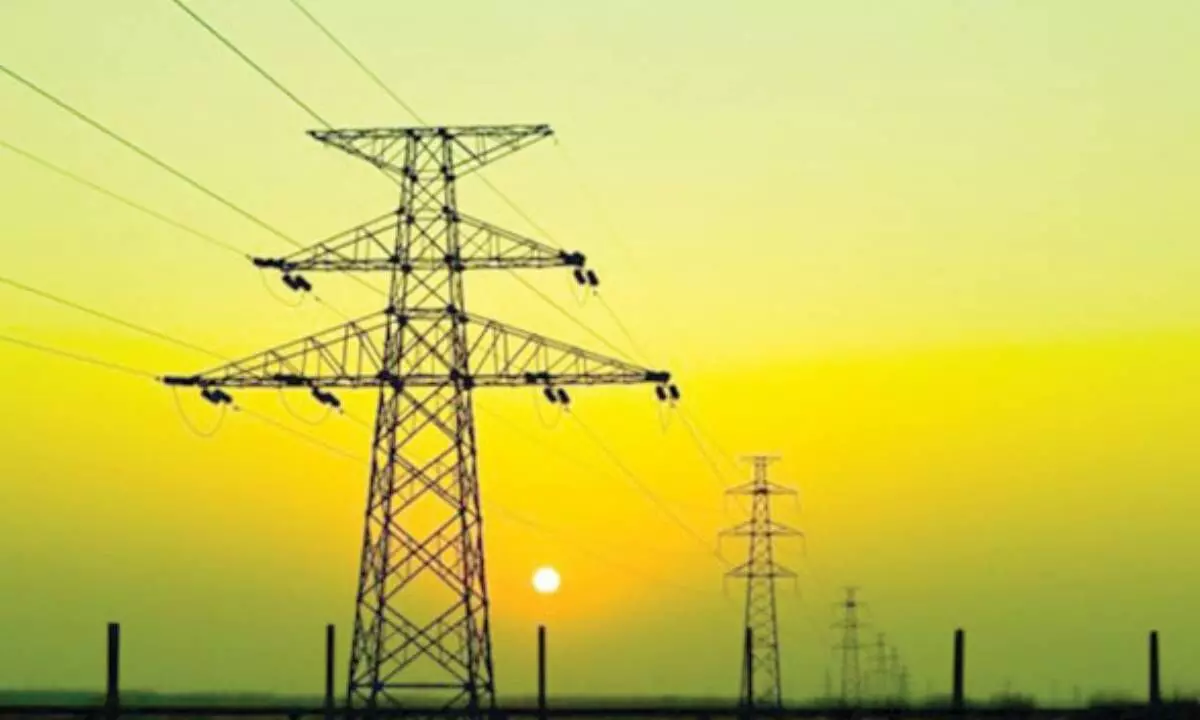Solar hour relief to power consumers from FY25
New plan helps in saving 20% power bills during day time/ solar hours as Time of The Day (ToD) tariff will come into force from April 1, 2024
image for illustrative purpose

New Delhi Electricity consumers across the country will soon be able to save up to 20 per cent in power bills by planning usage during solar hours or day time as the government is set to implement ‘time of the day’ (ToD) tariff.
The ToD tariff provides for varying rates during different time of the day and it will allow consumers to avoid electricity usage for washing clothes, cooking and other purposes during peak hours when power rates are higher. Consumers can now schedule their works like washing or cooking during off-peak hours (daytime or solar hours) when tariff is lower.
ToD tariff would be applicable for commercial and industrial consumers, having demand of 10 KW and above, from April 1, 2024. For all other categories of consumers except agricultural, the new rule will be applicable from April 1, 2025.
For those with smart meters, ToD tariff will be effective immediately after installation of such meters.
“Government of India has introduced two changes to the prevailing power tariff system, through an amendment to the Electricity (Rights of Consumers) Rules, 2020. The changes are: introduction of Time of Day (ToD) tariff, and rationalization of smart metering provisions,” a power ministry statement said on Friday.
Rather than being charged for electricity at the same rate though out the day, the price a user pays for electricity will vary according to the time of day, it explained. Under the new tariff system, the statement said, the rate of electricity during solar hours (eight hours in a day as specified by the State Electricity Regulatory Commission) shall be 10 per cent to 20 per cent less than the normal charges, while it will be 10 to 20 per cent higher during peak hours.
According to Union Power and New & Renewable Energy Minister RK Singh, ToD tariff is a win-win for consumers as well as the electricity providers.
“The ToD tariffs comprising separate tariffs for peak hours, solar hours and normal hours, send price signals to consumers to manage their load according to the tariff. With awareness and effective utilisation of ToD tariff mechanism, consumers can reduce their electricity bills,” Singh said in the statement.
He explained that since solar power is cheaper, the tariff during the solar hours will be less. During non-solar hours thermal and hydro power as well as gas-based capacity is used. Their costs are higher than that of solar power and this will be reflected in Time of Day Tariff. He said the new mechanism will also ensure better grid integration of renewable energy sources thereby facilitating faster energy transition for India.
“The ToD tariff will improve the management of renewable generation fluctuations, incentivise demand increase during the periods of high RE generation hours and thereby increase grid integration of larger quantity of renewable power,” Singh added.
Most of the State Electricity Regulatory Commissions (SERCs) have already implemented ToD tariff for large commercial and industrial category of consumers. With installation of smart meters, ToD tariff metering at domestic consumer level will be introduced as per the tariff policy mandate. About the rules regarding amendment made in smart metering provision, the ministry stated that the government has also simplified the rules for smart metering.
Variable Rates
- Centre amended Electricity Rules-2020
- Introduced ToD tariff, rationalization of smart metering provision
- Consumers need to have smart meters
- ToD tariff applicable for commercial, industrial users from April 1, 2024
- For all other categories, new rule applicable from April 1, 2025
- Consumers can now schedule their works like washing or cooking during daytime

